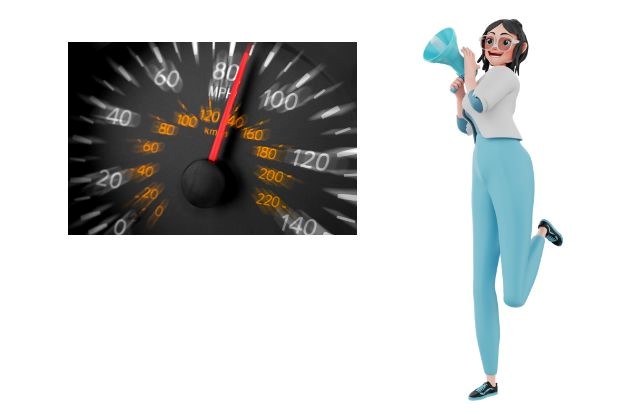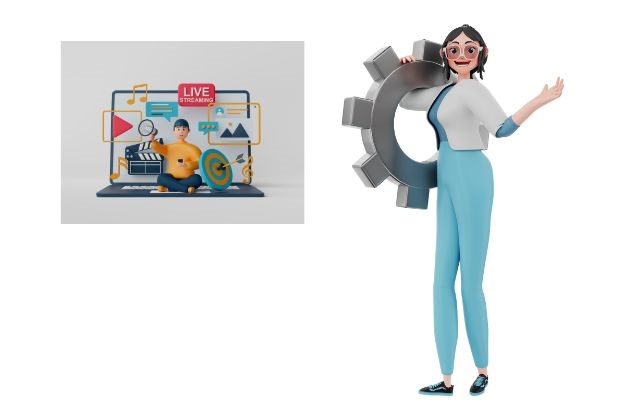Search engine optimization (SEO), is an integral part of any ecommerce website's marketing strategy. SEO ensures your website is trustworthy and easily crawled by search engines like Google.
Technical SEO encompasses everything from page speed and mobile-friendliness, XML sitemaps and breadcrumbs, structured data markup and schema markup used by search engines to show featured search results or "snippets."
1.On-page optimization
Technical SEO (Search Engine Optimization) refers to an umbrella of strategies used to optimize a website's structure, code and pages seo services. It includes everything from optimizing page content and speed to improving mobile friendliness of the site and addressing technical aspects such as XML/HTML sitemaps for search engines to ensure all pages are appropriately indexed.
High-quality content that matches user intent is of primary importance when it comes to on-page optimization, and ultimately drives rankings. But even great content won't get anywhere without proper on-page SEO optimization in place; without it, no matter how great your writing may be.
Apart from on-page optimization, you should employ other best practices for technical SEO such as using HTTPS and implementing 301 redirects. Furthermore, make sure your pages don't feature excessive keyword stuffing or duplicate content and avoid manipulating its freshness or inception dates to boost its ranking.
2.Mobile optimization
Technical SEO refers to the unseen aspect of search engine optimization. It encompasses tools and techniques designed to make it easier for search engines to index a website, such as optimizing its speed, mobile-friendliness and using pagination (which divides content across pages). In addition, Technical SEO covers errors or any potential user experiences issues which need addressing as part of its scope.
An effective technical SEO strategy is an integral component of any ecommerce marketing plan, as search engines won't be able to index your site without it, leading to lost opportunities in terms of traffic and revenue growth.
Technical SEO may appear complicated at first, but it doesn't have to be. It consists of simple practices often overlooked by marketers such as adding breadcrumbs, setting 301 redirects and including schema markup in pages. Doing these will enable search engines to better comprehend your pages' content - an essential factor when ranking well in voice searches.
3.Site speed
Technical SEO refers to optimizing the back-end aspects of a website in order to make it easier for search engines to index it, such as adding structured data, increasing site speed, and making sure that its mobile-responsiveness.
Site speed is one of the most essential technical SEO factors, as it has an impactful influence on user experience and search engine rankings. A slow-loading site can frustrate visitors and result in higher bounce rates; furthermore, Google prioritizes sites with quick loading times in its Core Web Vitals index which has a direct effect on visibility and traffic levels.
Breadcrumbs, commonly referred to as the "breadcrumb trail," are another technical SEO factor that is particularly helpful for e-commerce websites and can reveal their hierarchy to visitors quickly, making navigation simpler. Breadcrumbs also increase orientational awareness for greater conversions.
4.Metadata
Metadata is an invisible form of data about web pages or posts that helps search engines understand what the content is all about. While visitors don't usually notice it, metadata plays a vital role in SEO efforts.
Metadata includes meta descriptions, title tags, header tags, alt text for images and breadcrumbs. When used effectively, metadata can help improve search engine rankings and increase click-through rates on websites.
Technical SEO relies heavily on schema markup, also known as structured data. This type of code organizes website content to make it easier for search engines to contextualize it - which increases your chance of winning featured search results, also known as rich snippets; these highlighted results appear above regular results and increase clickthroughs and visibility while simultaneously improving user experience by emphasizing price, star ratings, or reviewer information.
5.Sitemaps
Sitemaps are an effective way of informing search engines which pages on your website need to be crawled, but it should be remembered that sitemaps alone will not create a strong internal linking strategy; search engine bots discover pages through internal links; without an effective linking strategy in place, pages could go undetected altogether.
Technical SEO includes much more than sitemaps; in particular, making sure your website uses HTTPS (and that Google Search Console isn't reporting any warnings about "Not secure") and optimizing both its content and structure for better rankings and faster loading times. Doing this will increase user experience while simultaneously increasing links pointing back to you site - both key ranking signals in Google's algorithm - which could result in featured search results in local seo or rich text snippets, leading to large increases in traffic.
6.Thin content
Technical SEO involves making sure search engines can interpret the content on your pages easily, using structured data and schema markup. Without these techniques, search engines would struggle to contextualize and rank them appropriately for queries; in addition, featured search results, which appear more prominently than regular results and can increase both traffic and conversions significantly, may become harder to attain.
Thin content refers to low-grade, shallow information that does not add much value for users. It may have been written with only one purpose in mind--ranking for specific keywords--in mind or it simply repeats information already available elsewhere on other sites; such content often can be found on affiliate websites and spammy blogs.
Thin content includes duplicate material or pages that add no value to the user experience, such as author pages that repeat themselves or product category pages that offer little to no added value for visitors. A website featuring a large blog might have numerous redundant author pages while an eCommerce store might contain numerous product category pages that don't add much.












